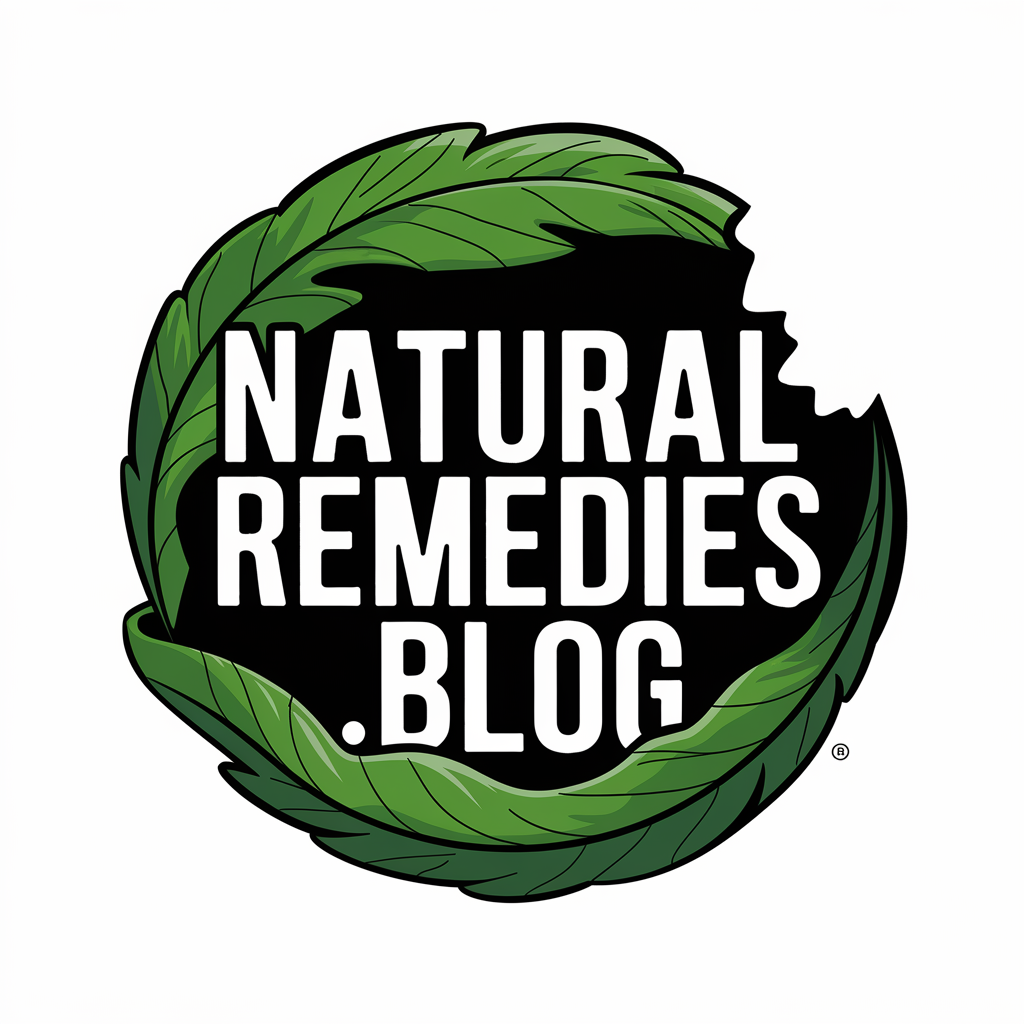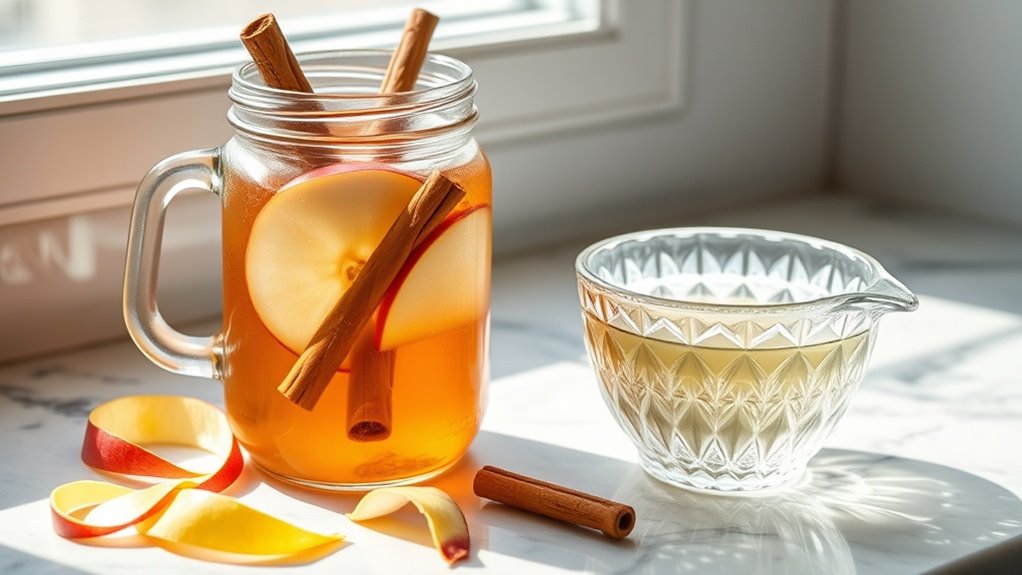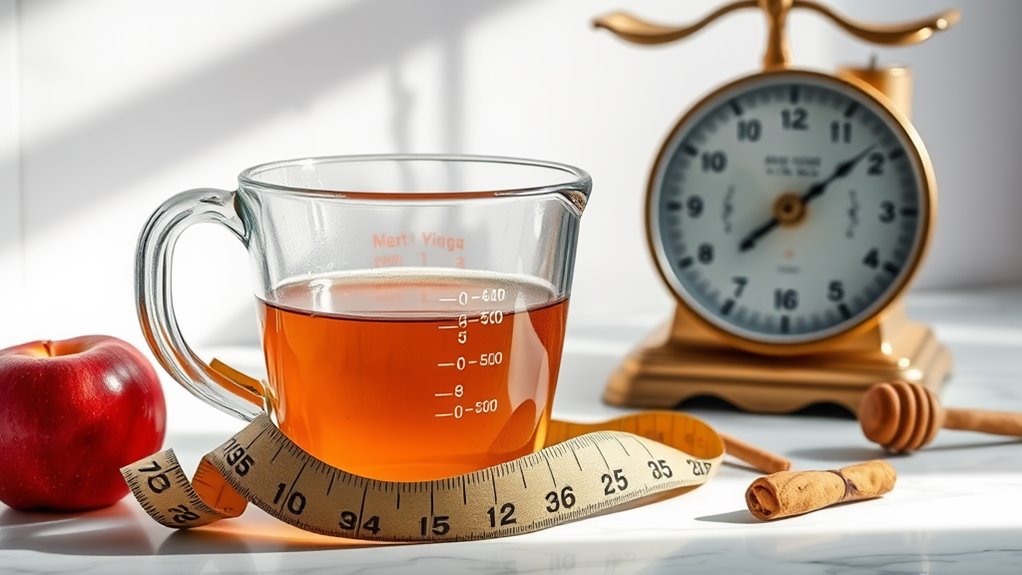DIY Apple Cider Vinegar Face Rinse You Need to Try
Why Apple Cider Vinegar Is Great for Your Skin
While many commercial skincare products contain harsh chemicals, apple cider vinegar offers natural antimicrobial and pH-balancing properties that benefit your skin.
The acetic acid in apple cider vinegar helps eliminate harmful bacteria that cause acne and skin infections. It’s also rich in alpha-hydroxy acids that gently exfoliate dead skin cells, revealing fresher skin underneath.
When properly diluted, apple cider vinegar can help regulate your skin’s pH levels, reduce inflammation, and minimize the appearance of pores.
The natural compounds in this ingredient also help control excess oil production while maintaining your skin’s protective barrier. Additionally, its antimicrobial properties make it an effective natural option for combating acne-causing bacteria.
Essential Ingredients and Tools
Gathering the right materials ensures a safe and effective apple cider vinegar face rinse.
You’ll need specific items to create the proper dilution and maintain sterile conditions during preparation.
- Raw, unfiltered apple cider vinegar with “the mother” (containing beneficial enzymes and bacteria)
- Filtered or distilled water for dilution
- Glass measuring cup or container (avoid plastic, as vinegar can degrade it)
- Clean glass bottle with secure lid for storage
Keep these tools clean and sanitized before use.
It is also important to note that dilution protects tooth enamel, so always mix the vinegar properly before applying it to your skin.
Store your materials in a cool, dark place, and always check the expiration date on your apple cider vinegar.
Step-by-Step Recipe Guide
You’ll need to mix one part organic apple cider vinegar with three parts distilled water in a clean glass bottle, ensuring the solution is properly diluted to prevent skin irritation. Apple cider vinegar is known for its antimicrobial properties, which can help maintain a healthy complexion. Store your mixture in a cool, dark place and use within 2 weeks to maintain its freshness and effectiveness. To apply, use a cotton ball to gently sweep the solution across your cleansed face, avoiding the eye area and allowing it to air dry for optimal results.
Ingredients and Storage Tips
Before mixing your DIY apple cider vinegar face rinse, assembling the proper ingredients and storage containers ensures optimal effectiveness and shelf life.
You’ll need:
- Raw, unfiltered apple cider vinegar with “the mother” (containing beneficial enzymes and bacteria)
- Filtered or distilled water for dilution
- Dark amber glass bottle with airtight lid to protect from UV degradation
- pH testing strips to verify proper dilution ratio
Store your mixture in a cool, dark place and use within 30 days.
Maintaining a 1:4 ratio of vinegar to water creates the optimal pH balance for skin application while preventing bacterial growth.
Mixing and Application Instructions
Once you’ve assembled your ingredients, creating an effective apple cider vinegar face rinse requires precise measurements and proper mixing technique.
Mix one part raw apple cider vinegar with four parts filtered water in a clean glass container. For sensitive skin, dilute further to a 1:5 ratio.
Before each use, shake the mixture thoroughly. Apply using a cotton pad or clean hands, avoiding the eye area. Gently pat the solution onto cleansed skin, allowing it to remain for 30 seconds.
Rinse thoroughly with cool water. Don’t leave the solution on your skin for extended periods, as ACV’s acidic nature can cause irritation.
How to Use the Face Rinse Properly
You’ll need to dilute the apple cider vinegar with water at a 1:4 ratio to create a safe and effective face rinse solution.
After washing your face with your regular cleanser, gently pat your skin with the vinegar solution using a cotton pad, focusing on problem areas while avoiding the eye area. This diluted solution helps balance skin’s pH levels and combats harmful bacteria.
Let the solution sit on your skin for 30 seconds before rinsing thoroughly with cool water and following up with your regular moisturizer.
Ideal Mixing Ratio
To ensure optimal results with your apple cider vinegar face rinse, maintaining the correct dilution ratio is crucial. For sensitive skin, start with a 1:4 ratio of vinegar to water and adjust based on your skin’s response.
-
Mix 1 tablespoon of raw, unfiltered apple cider vinegar with 4 tablespoons of distilled water.
-
For oily skin, increase concentration to 1:3 ratio (1 tablespoon vinegar to 3 tablespoons water).
-
For acne-prone skin, use a 1:3 ratio with added tea tree oil (2 drops).
-
For dry or mature skin, maintain 1:5 ratio (1 tablespoon vinegar to 5 tablespoons water).
Never apply undiluted apple cider vinegar directly to your skin.
Application Steps and Tips
Proper application of your apple cider vinegar face rinse requires careful attention to detail and technique. Start with clean hands and a freshly washed face. Apply the solution using gentle, upward circular motions, avoiding the eye area.
| Step | Action | Duration |
|---|---|---|
| 1 | Apply rinse | 30 seconds |
| 2 | Let solution sit | 1-2 minutes |
| 3 | Rinse thoroughly | 45 seconds |
Don’t exceed the recommended contact time, as ACV’s acidic properties may irritate sensitive skin. Follow with your regular moisturizer to lock in benefits. If irritation occurs, discontinue use and consult a dermatologist.
Best Time and Frequency of Application
The optimal timing for applying an apple cider vinegar face rinse is in the evening, after cleansing but before moisturizing. You’ll achieve the best results by using the rinse 2-3 times per week, allowing your skin time to adjust to the treatment.
-
Begin with clean, makeup-free skin to ensure maximum absorption.
-
Apply during your nighttime routine when skin’s natural repair processes are most active.
-
Wait 60 seconds before applying other skincare products to let the ACV fully penetrate.
-
Monitor your skin’s response and adjust frequency based on sensitivity. Adding this rinse to your routine may also help improve digestive health due to the acetic acid present in ACV.
For sensitive skin types, start with once weekly applications and gradually increase as tolerated.
Storage Tips and Shelf Life
Maintaining your DIY apple cider vinegar face rinse’s potency requires specific storage conditions and awareness of shelf life limitations.
Store your mixture in an airtight, dark glass bottle to protect it from light degradation and oxidation. Keep it in a cool, dry place away from direct sunlight and heat sources.
Your DIY rinse will remain effective for up to 2 weeks when properly stored. If you notice any changes in color, smell, or consistency, discard the solution immediately.
Don’t refrigerate the mixture, as cold temperatures can alter the vinegar’s acidic properties and reduce its effectiveness. Always prepare small batches to ensure maximum freshness and efficacy.







